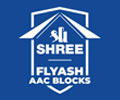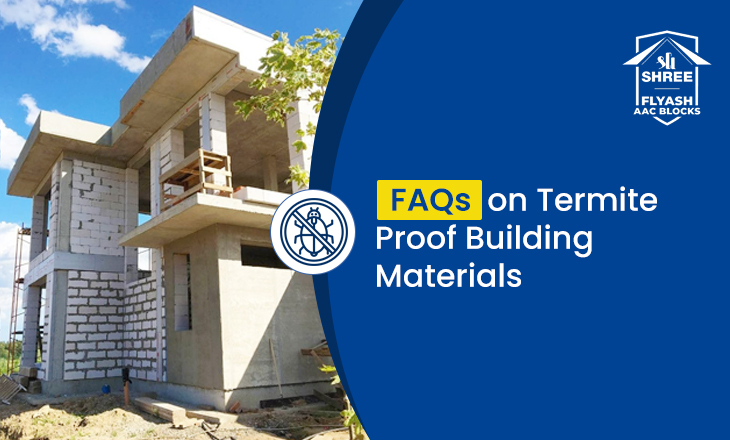Termites can significantly weaken structures, especially those constructed with wood. Termites tend to consume the wood from the inside out, making the wooden structures incredibly brittle and prone to failure. Since the disintegration typically occurs inside structures, you may not even notice termite infestations until it’s too late. This is why using termite-proof materials is essential during building construction. In this article, we answer some commonly asked questions about termite-proofing materials.
1. What are some of the popular termite-proof building materials?
One of the most popular termite-proof building materials that many builders use these days is Flyash autoclaved aerated concrete (AAC) blocks. These lightweight materials are increasingly replacing red clay bricks at construction sites. In addition to their ability to resist termites, Flyash AAC blocks provide incredible thermal insulation, earthquake protection, and fire resistance.
2. How do Flyash AAC blocks prevent termite infestations?
Flyash AAC blocks are made up of various raw materials, such as fly ash, cement, gypsum, aluminium powder, and more. They do not contain cellulose, which is the primary food source for termites. Without cellulose, Flyash AAC blocks are not susceptible to termite infestations, unlike other materials such as wood and some forms of concrete.
3. Is any maintenance required to keep Flyash AAC blocks termite-free?
Even though Flyash AAC blocks can resist termites, it’s important to inspect and maintain them regularly. If you spot any cracks or openings in the block walls, be sure to seal them as soon as possible. Another simple way to prevent termite infestations is to keep the surroundings of the building clean and free from excess moisture.
4. Can termites penetrate Flyash AAC blocks?
Termites do not have the ability to penetrate Flyash AAC blocks, primarily due to the increased density of these blocks. However, if there are cracks or other openings within the Flyash AAC blocks, termites can still gain access and cause damage to surrounding structures. Therefore, it’s essential to remain vigilant for even small openings.
5. Do I need additional termite protection if I use Flyash AAC blocks?
While Flyash AAC blocks are resistant to termites, it is advisable to implement additional termite protection measures for the overall structure. This is particularly necessary in areas known to be prone to termite infestations. Treating the soil is one effective way to protect buildings from termite infestations.
Want to know more about the advantages of Flyash AAC blocks? If yes, check this useful read.

